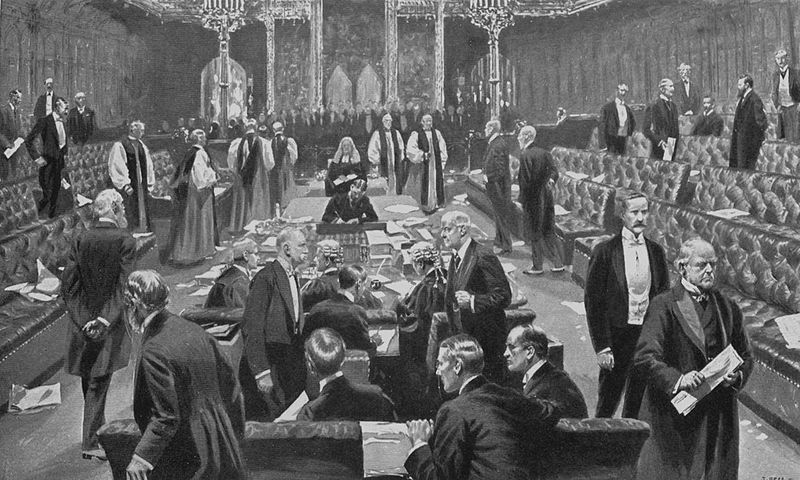Severability; This is the first part of a three part series.
Each peace examines a concept in service to an argument I intend to fully
illuminate in the 3rd part of the series. This first part examines
the idea of severability as a metaphor that can be used to clarify missions,
jobs, tasks in the library.
The concept of severability becomes useful as a metaphor in librarianship when
we are faced with budget deficits and institutional cutbacks. Traditionally
librarians have faced such periods with a do more with less attitude. The
viability of such an approach is currently under threat due to the protracted
nature of underfunding. Some libraries
and library systems have been operating under severe budget constraints for
nearly a decade. Questioning what we can
sever out of provides the profession and these institutions an opportunity to
find and focus on core functions. When
asking the questions evaluating severability, it’s important to remember, that
we are not asking, what can we do without, but what can’t we do without?
Practically, severability is reliant on the ability of a separate parts of the statute to have separate mechanisms for enforcement. What this means is that when evaluating severability, after a core mission has been determined, by determining what our absolute core function is, we conceptualize our organization. This time by by asking what facilitates that core mission. In essence, stripping our institutions to the core function allows for us to focus on developing those institutions in an agile framework, where we focus on delivering core services, and then build on those in a series of iterations, while engaging stakeholders. This allows the library to fluidly rebuild itself into its new identity and clarified role.
Practically, severability is reliant on the ability of a separate parts of the statute to have separate mechanisms for enforcement. What this means is that when evaluating severability, after a core mission has been determined, by determining what our absolute core function is, we conceptualize our organization. This time by by asking what facilitates that core mission. In essence, stripping our institutions to the core function allows for us to focus on developing those institutions in an agile framework, where we focus on delivering core services, and then build on those in a series of iterations, while engaging stakeholders. This allows the library to fluidly rebuild itself into its new identity and clarified role.
Different libraries will obviously come up with different answers to this question, a university library, might look a bit more like a traditional book warehouse, while a public library might look a bit more like a community center. Wiping the board clean and engaging in radical redesigns of libraries missions isn’t just work for radicals; it’s an essential thought exercise for leaders. It is essential not just for moving our institutions into the future, but also for stewarding our past and steering our present.
